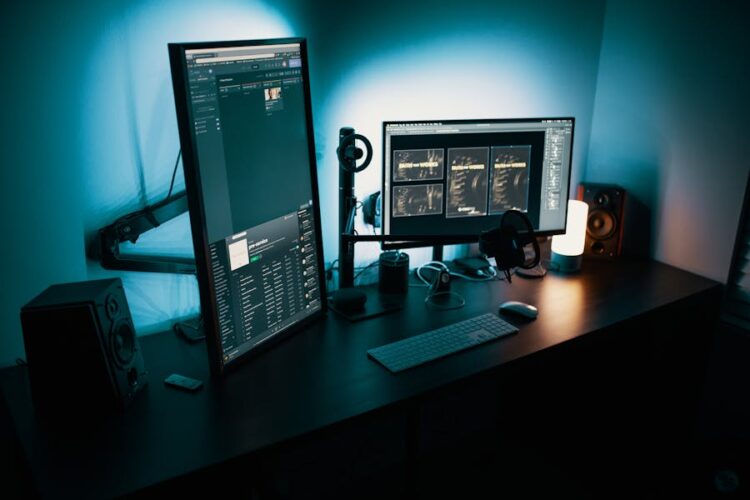More games are released now than at any point in history. Developers work independently or with big teams and a lot of devs and companies need to at least consider the element of copyright. This can relate to things like assets used in the games including music, and much more.
Big companies have teams of people working to get clearance of things like assets, but there’s quite a complex world behind making games and ensuring that things are only used with permission.
The safest options for this include making everything from scratch and we have seen some examples of this throughout history. Some game devs make pretty much everything themselves including the music and creating graphics, but if not there are some other ways to get assets. “Assets” is the term used to refer to any design components involved in the game or sound effects.
The Game Development Industry
Huge companies like EA Sports have huge teams with people in a lot of job roles and tend to turn over a lot of money. When we look at which sports game has made the most money, we’ll see that this is a multi-billion dollar industry and EA dominates a lot of it. They have to look at things like licensing, too, with team names and league names all belonging to official bodies with some protection.
Comically, in some historical games, there have been fake names used that sound sort of similar to players but have a strange twist to them. A gaming franchise called Pro Evolution Soccer, seen as a precursor or rival to the franchise FIFA, was famous for using fake names that hinted at certain teams.
The development industry is worth a fortune. Globally, it is said to be worth over 300 billion dollars, so you can see why there is such a fuss about things like copyright with money changing hands all the time.
People who work in big companies will know that there are often companies that have legal teams to help, but indie developers are not blessed with this kind of help and need to know what they’re doing regarding copyright.
Understanding Copyright
We won’t go into the specifics, but it is worth a quick look at what exactly copyright is and what it does. Copyright is a type of intellectual property that gives the creator of original work exclusive rights to its use and distribution. This includes the written word and yes, even video games. In short, it means you have control over how your game is used by others and can take legal action if someone uses your work without permission, but what gets confusing is that there are lots of copyrighted items used (with permission) in games.
Players of the GTA franchise know the game is famous for its radio stations, which play copyrighted music. Rockstar Games negotiates the deals that allow music to be played and for a lot of new or indie developers, there’s no way to easily replicate this.
Indie developers often follow a few rules to make sure they’re only using things they’re allowed to use in games.
Make sure that everything in your game is original or that you have permission to use it. This includes:
- Art and Graphics. Create your own artwork or purchase licenses for images and assets.
- Music and Sound Effects. Use original compositions, royalty-free music, or licensed tracks you have permission to use.
- Code. Write your own code or use code that’s properly licensed.
As locality plays a part in some of the rules it is important to do some reading on the local area and copyright rules before releasing anything. In the U.S., fair use licensing is used in some areas, and is commonly seen in videos such as reviews or for parody, but there are only rare cases where these copyrighted materials can be used in games on this basis so it’s best for developers to make their assets.
Location-dependent, your work is automatically protected by copyright as soon as you create it, but there are some steps you can take to protect it. Registering your copyright with the relevant authority (like the U.S. Copyright Office) can provide additional benefits and it is a good thing to do in terms of forethought if you are making a game or any assets – it makes it easier to prove ownership if necessary.
App development companies follow a similar pattern in terms of their copyright but there are ways in which it can get confusing. Employees don’t always have the copyright on their work and it depends on what the contract says, the work itself could be for a game specifically and is what they are paid to create, passing the copyright of what they do in working hours on to their employer.
Conclusion
Copyright is a consideration for people who are making games or who have an interest in the industry and it is important for people to understand where they stand. Permission to use certain assets is required and people who make their own music or artwork will also be able to benefit from owning the copyright on those to prove who made them.










